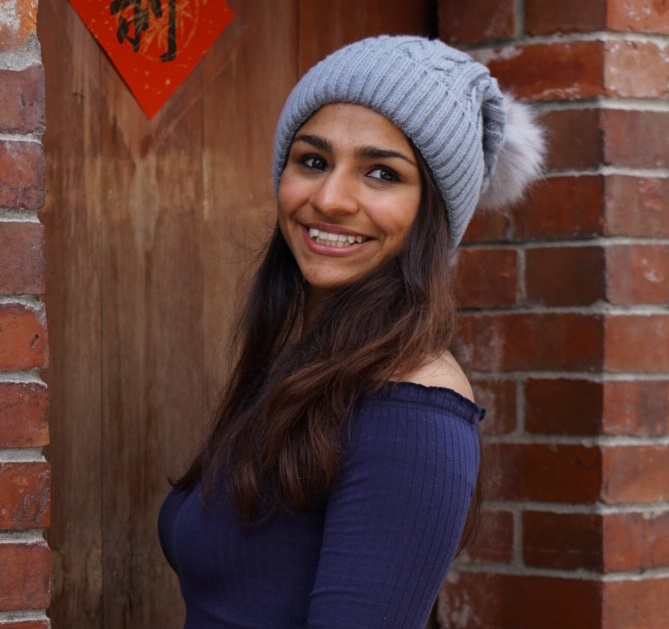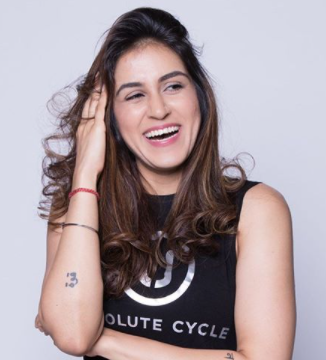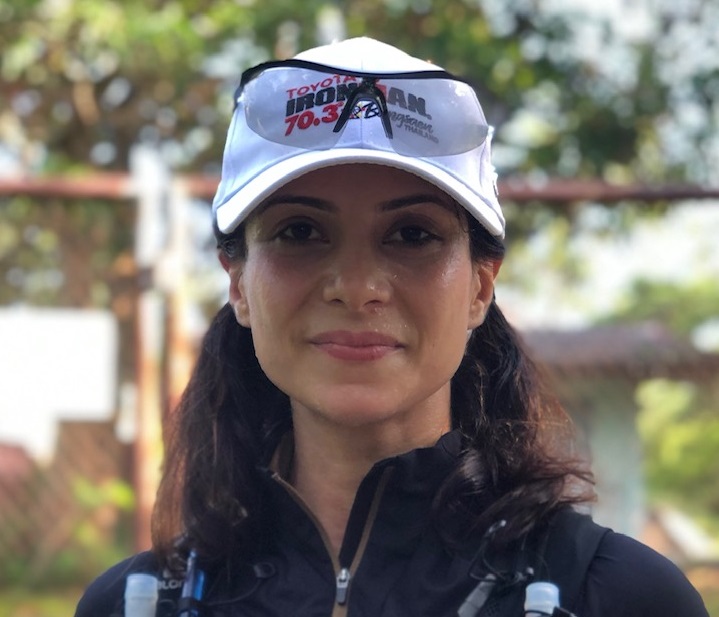What does it take for women to thrive in the male-dominated world of athletics?
By Tom McLean
The world of athletics isn’t always welcoming for women. Frequently dominated by masculine-centric competition and overshadowed by male triumphs, it can be especially challenging for women in the Thai-Indian community to surpass societal expectations, rise above obstacles, and excel at fitness activities without their achievements being eclipsed or pushed aside. With this in mind, we asked five talented Thai-Indian women for their experiences and opinions on shining at sports.
Yashna Singh
“In a society that consistently imposes gender norms on people, it can be difficult to go out and do the things you really love. For the most part, there’s an expectation that women should stick to doing yoga classes or aerobics sessions. Breaking that cultural barrier and giving the weight room a go can be difficult. When I first started taking fitness seriously, I faced many a rolled eye or quizzical glance.
“Fortunately, however, this mind-set is slowly fading away as more women in our society have stepped out of their comfort zones and become more involved in exercises that are usually associated with men. Working out has helped me reach my full potential and makes me both feel and look good. It’s easy to doubt ourselves or let others dictate how we should feel or what we should do, but nothing is more rewarding than growing past obstacles and overcoming society’s rigid expectations. For me, it only took one big mental step and in no time at all I started to enjoy the benefits.”
Prerna Singhpathom
“After months of training and completing my first full marathon, I began to feel like there was nothing more to achieve as a runner. Luckily, a panel member of the Thai-Indian Runners’ Club came up with a fantastic new idea that gave me another source of inspiration to carry on running – a training programme strictly for the ladies of the Thai-Indian community. Following the panellist’s suggestion, I reached out to women who wanted to run but didn’t think they could because they didn’t know other women who did, or didn’t think they were fit enough, providing motivation and offering guidance to those that needed it. I was their trainer but I felt like a brand new runner myself. The opportunity to make a positive difference in the lives of the female Thai-Indian community and push myself to do better was incredibly rewarding. Even today, I know that there are plenty of women in our community who would like to start running but don’t know how to get started. I want these people to know that we’re here for them.”
Nandini Sehgal
“Back in high school, it was hard to ignore how much more popular male sports events were than female ones, consistently drawing larger crowds. I was part of my school’s basketball team and it seemed like the audience for our finals playoffs consisted solely of family members and friends who felt obligated to be there. The men’s events, on the other hand, were so full of spectators it was almost impossible to find a seat.
“If men and women could play together, what effect would this have on sporting events? What would happen if we stopped separating competition by gender? I tried to organise an event like this once and even approached a member of a sports committee on the possibility of setting up a friendly match. However, they believed that men play far too rough and that a mixed-sex match could be dangerous for the female participants.”
Ruby Sirinarang
“My fitness journey began when I met a brain haemorrhage survivor at a cycling event. Despite facing terrible adversity, this resilient fighter pushed through and was finally able to swim, cycle, and run with ease. I was suffering from depression at the time but after meeting him, I was inspired. If he could survive that horrific ordeal and go on to thrive, then I could too. From then on, I began running seven days a week. Exercise became my therapy and the more I ran, the more I smiled. One day I signed up for a triathlon and managed to complete the race on time, without proper training. This was a turning point for me. My journey as a triathlete began and there was no looking back.
“The challenges I’ve faced over the course of my triathlete career are the same most Thai-Indian women in our society face; balancing my personal life and ambitions with my responsibilities as a wife and mother. Training happens strictly in the evenings, after the kids have gone to bed. Eventually my husband began to join me on my runs and all of these opposing elements of my life began to come together. I’m a runner, a cyclist, a swimmer, and a dreamer. If someone tells you that something is impossible, prove them wrong.”
Sony Anandrati
“My foray into fitness started years ago when my son started noticing changes in my personality; I had become more irritable, short tempered, and easily frustrated. Hearing him tell me this was the motivation I needed to become more active. I began waking up earlier and started taking brisk walks, performing basic yoga, and taking short meditation breaks in this extra hour of ‘me-time’. I quickly became far better at regulating my mood and also found a reignited love for exercise. Thus began my journey as a runner.
“In those early stages, I was very self-conscious about my physique and ran with no confidence, insecurities that I’ve found are more common among women. However, with time, resilience, and consistency, this relaxing activity soon became one of my most passionate pastimes. Even though society may scrutinise women’s bodies more, there’s no point in feeling insecure about your abilities or the way you look. All you need for a runner’s body is to go out and run.”











